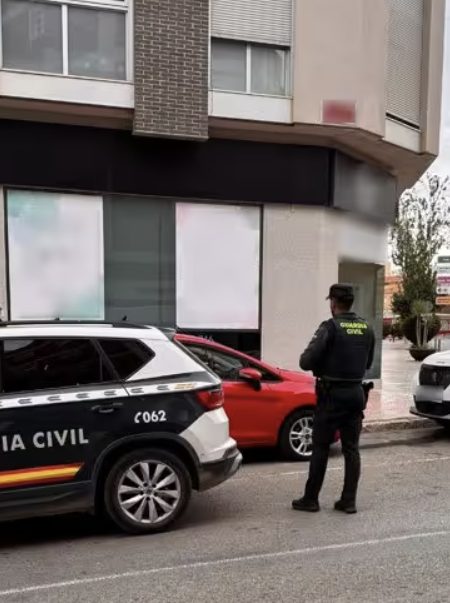The pilot-scale study phase of the “Integrated electrodialysis-electrochlorination process for the treatment of wastewater for agricultural use and environmental protection” must be finished before 100% of Santa Pola’s wastewater can be reused. This study is part of an industrial doctoral thesis being done by Vicent Ayala Andreu from Santa Pola under the supervision of Miguel Ángel Montiel López and Vicente Montiel Leguey, who are also from Santa Pola. Vicente Montiel Leguey is the director of the Applied Electrochemistry and Electrocatalysis Group at the Electrochemistry Institute of the University of Alicante.
The company EURODIA helped pay for this doctoral thesis. They provided the pilot prototype for reverse electrodialysis desalination (RDD). The City Council of Santa Pola also helped by letting the study take place at the Santa Pola wastewater treatment plant (WWTP), which is run by the company Global Omnium.
The goal of the initiative is to use as much of the wastewater that the WWTP treats through its “tertiary” process as possible for farming. Sources say that the treated water in Santa Pola has a lot of sodium chloride (common salt) in it because seawater seeps into the sewage system. The process is very hard to stop because the water table is so high.
Uses in farming
Ayala proposes eliminating excess salt from treated wastewater to enable its application in farming. The experiments using the pilot plant prototype at the Santa Pola WWTP have ended with “the success expected in the previous phase done in the laboratories of the University of Alicante,” these sources say.
The procedure gets back 80% to 90% of the treated water, which has a conductivity of less than 2.5 mS/cm. This means that the water can be used directly for farming. The remaining 10-20%, which is processed as waste or concentrate, can be turned into sodium hypochlorite solutions (bleach) that can be used in the WWTP itself or in other municipal buildings where its use is appropriate.
The University of Alicante will do this last step using the water that was collected from the WWTP. This will be the end of the investigation. Soon, doctorate candidate Vicent Ayala Andreu will defend it as his PhD thesis.
Going to the facilities
Last week, a visit was planned to show these data and see how the pilot plant worked on the ground at the WWTP. José Pedro Martínez, the Deputy Mayor of Santa Pola, was there with Ángel Piedecausa, the Councillor for the Environment, and other municipal technicians. Jose Miguel Sempere, the plant manager of the Santa Pola WWTP (Global Omnium, the company that runs the WWTP), was also there with other technicians from the company. Vicent Ayala Andreu, a PhD student, and Miguel Angel Montiel López and Vicente Montiel Leguey, the directors, gave them explanations there.
Dedicated to the environment
José Pedro Martínez was excited about the chance this major project has given him after touring the WWTP. He said, “Santa Pola has a serious problem with seawater leaking into the sewage system because the water table is very high and the whole lower part of the town is at sea level.” The leaks cause too much salt to build up in the water, which climbs to the treatment plant and stops it from being reused properly.
The deputy mayor said, “Because of these good results, this project will be developed on an industrial level and put into action at our wastewater treatment plant.” This will help us reach our aim of reusing all of our wastewater for farming and city applications, like cleaning streets, watering parks and gardens, and so on, as well as using the bleach we get. This will also be another step towards conserving our environment with a new and completely effective method that was created by people who live in Santa Pola. Three years ago, Santa Pola also started taking care of the island of Tabarca’s wastewater.









No Comment! Be the first one.